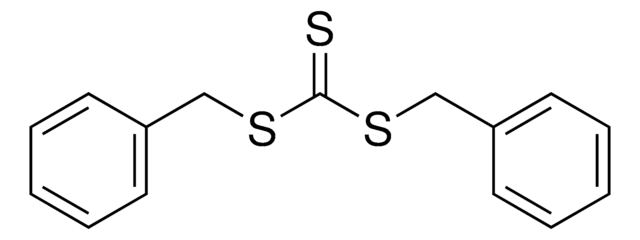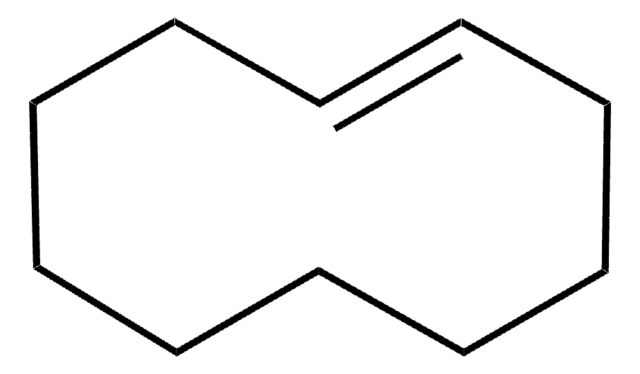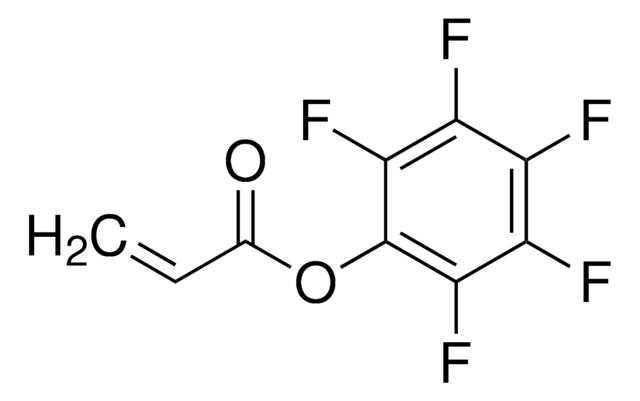929352
(S,R,S)-AHPC-di-trimethylamide-dioxodisulfide-carbonate ester
Synonym(s):
S-(1-(((((3R,5S)-1-((S)-2-((tert-butoxycarbonyl)amino)-3,3-dimethylbutanoyl)-5-((4-(4-methylthiazol-5-yl)benzyl)carbamoyl)pyrrolidin-3-yl)oxy)carbonyl)oxy)-2-methylpropan-2-yl) methanesulfonothioate
About This Item
Recommended Products
ligand
VH032
Assay
≥95%
form
powder
functional group
disulfide
storage temp.
2-8°C
SMILES string
CC(C)(C)OC(N[C@@H](C(C)(C)C)C(N1[C@@H](C[C@H](C1)OC(OCC(C)(C)SS(C)(=O)=O)=O)C(NCC2=CC=C(C3=C(C)N=CS3)C=C2)=O)=O)=O
InChI
1S/C33H48N4O9S3/c1-20-25(47-19-35-20)22-13-11-21(12-14-22)16-34-27(38)24-15-23(45-30(41)44-18-33(8,9)48-49(10,42)43)17-37(24)28(39)26(31(2,3)4)36-29(40)46-32(5,6)7/h11-14,19,23-24,26H,15-18H2,1-10H3,(H,34,38)(H,36,40)/t23-,24+,26-/m1/s1
InChI key
AZAVKYSXGOPVNY-RMTZWNOUSA-N
Application
Technology Spotlight: Degrader Building Blocks for Targeted Protein Degradation
Protein Degrader Building Blocks
Other Notes
Antibody Conjugation of a Chimeric BET Degrader Enables in vivo Activity
Small-Molecule PROTACS: New Approaches to Protein Degradation
Targeted Protein Degradation: from Chemical Biology to Drug Discovery
Impact of linker length on the activity of PROTACs
Legal Information
Storage Class Code
11 - Combustible Solids
WGK
WGK 3
Regulatory Information
Choose from one of the most recent versions:
Certificates of Analysis (COA)
Don't see the Right Version?
If you require a particular version, you can look up a specific certificate by the Lot or Batch number.
Already Own This Product?
Find documentation for the products that you have recently purchased in the Document Library.
Our team of scientists has experience in all areas of research including Life Science, Material Science, Chemical Synthesis, Chromatography, Analytical and many others.
Contact Technical Service


![Bis[2-(2-bromoisobutyryloxy)undecyl] disulfide 97%](/deepweb/assets/sigmaaldrich/product/structures/340/293/c46f0349-d50c-48d8-899f-e42b09fae485/640/c46f0349-d50c-48d8-899f-e42b09fae485.png)





![4-Cyano-4-[(dodecylsulfanylthiocarbonyl)sulfanyl]pentanoic acid 97% (HPLC)](/deepweb/assets/sigmaaldrich/product/structures/204/925/30ae6ca0-5b0b-4963-a061-7e5e3d1a85af/640/30ae6ca0-5b0b-4963-a061-7e5e3d1a85af.png)